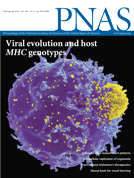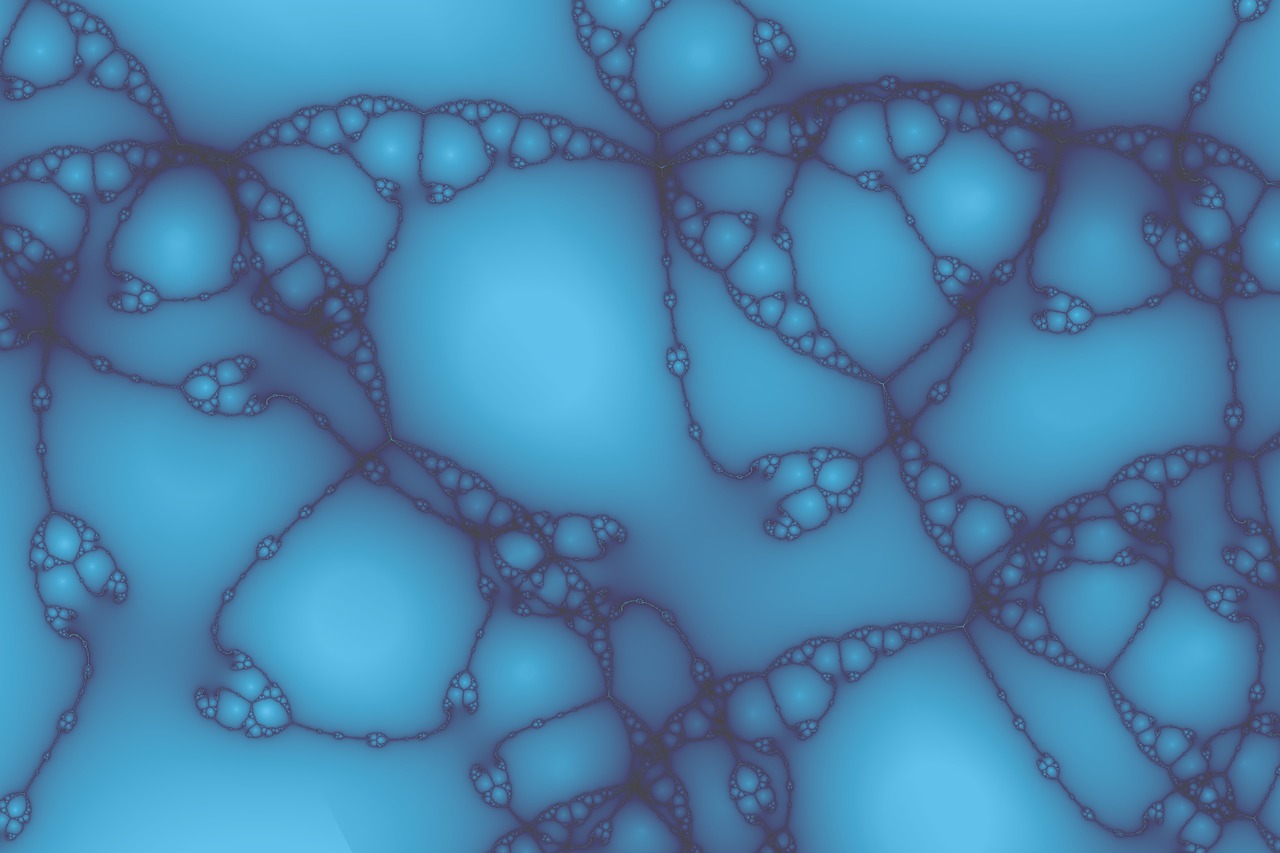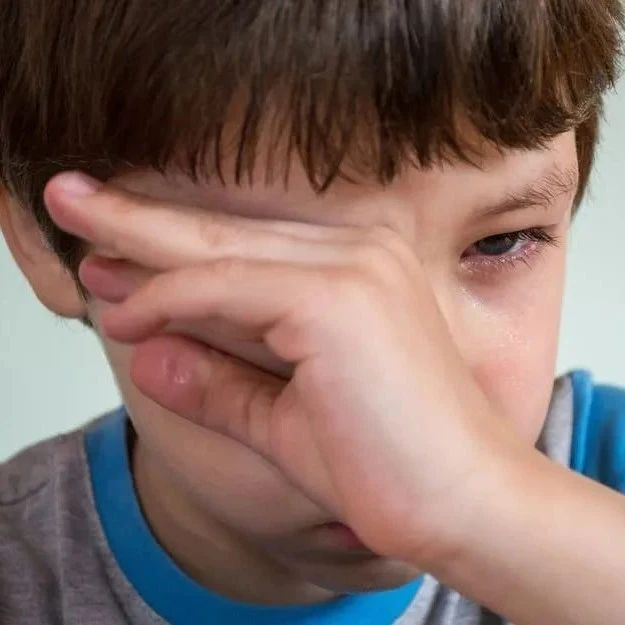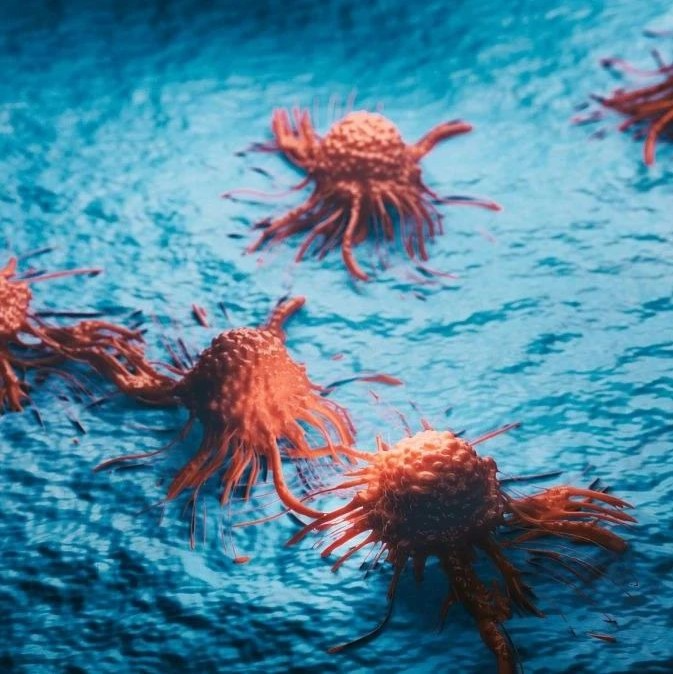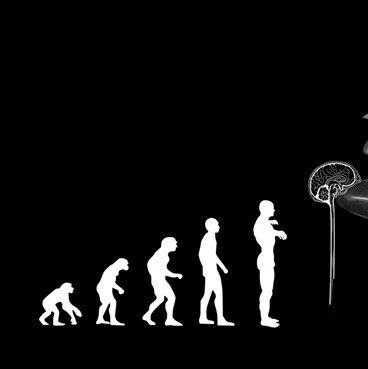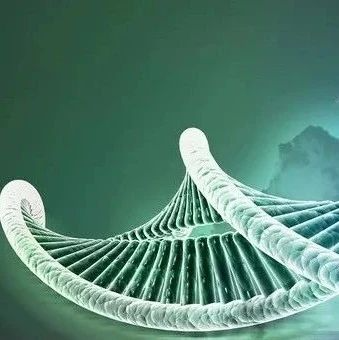导读:水凝胶是由聚合物分子链组成的弹性、类似于软组织的凝胶材料。之前研究人员一直无法开发出切断后可快速的修复自己的水凝胶,这也限制了它们潜在的应用。加利福尼亚大学圣地亚哥的生物工程师们发明了一种可自我修复的水凝胶,这种水凝胶就像魔术贴可在数秒内结合,并且能够承受反复的拉伸。

加利福尼亚大学圣地亚哥的生物工程师们发明了一种可自我修复的水凝胶,这种水凝胶就像魔术贴可在数秒内结合,并且能够承受反复的拉伸。研究人员表示这种材料有大量的潜在应用,比如说医用缝合线,目标药物传送,工业密封剂和自我愈合的塑料等。研究结果发表在3月5日出版的Proceedings of the National Academy of Sciences杂志上。
水凝胶是由聚合物分子链组成的弹性、类似于软组织的凝胶材料。之前研究人员一直不能开发出切断后可快速的修复自己的水凝胶,这也限制了它们潜在的应用。由Shyni Varghese领导的小组通过使用“悬侧链”分子克服了这个难题,悬侧链就像手指一样从水凝胶的主要结构延伸出来,并且可以抓住另一个延伸出来的链。
Varghese说:“自我修复性是活的组织最基本的特性,这允许它们承受反复的伤害。”作为生物工程师,反复出现在我们面前的问题是能否用合成的类组织的材料比如水凝胶模仿这种特性?创造出这种亲水性的自我修复材料在医学和工程学方面影响深远。
为了设计出可快速自我修复的水凝胶侧链分子,Varghese和她的合作者对水凝胶分子进行计算机模拟。通过计算机模拟,研究人员发现水凝胶自我修复的能力取决于悬侧链分子的长度,如果悬侧链的长度得到最优化,水凝胶表现出很强的自我修复能力。自我修复性的水凝胶结合的强度受其周围溶液的pH值所控制。当把两条长度最优化的水凝胶放置到质酸原液中,水凝胶很快的融合在一起,反之,水凝胶结合能力就弱。
Varghese 实验室学生adke博士说,就像胃环境的酸液环境下,水凝胶的强度和弹性使得其成为胃穿孔治疗或胃溃疡药物传送的理想的粘合剂。
Varghese说,这样的治疗材料对于能源节约和回收很有帮助,自我修复材料的回收能够减少工业和消费垃圾。下一步,生物工程师们希望创造出在不同pH值下融合或分离的多种水凝胶,扩大水凝胶的应用而不局限在酸性条件下。

Rapid self-healing hydrogels
Ameya Phadke, Chao Zhang, Bedri Arman, Cheng-Chih Hsu, Raghunath A. Mashelkard, Ashish K. Lele, Michael J. Tauber, Gaurav Arya, and Shyni Varghese
Synthetic materials that are capable of autonomous healing upon damage are being developed at a rapid pace because of their many potential applications. Despite these advancements, achieving self-healing in permanently cross-linked hydrogels has remained elusive because of the presence of water and irreversible cross-links. Here, we demonstrate that permanently cross-linked hydrogels can be engineered to exhibit self-healing in an aqueous environment. We achieve this feature by arming the hydrogel network with flexible-pendant side chains carrying an optimal balance of hydrophilic and hydrophobic moieties that allows the side chains to mediate hydrogen bonds across the hydrogel interfaces with minimal steric hindrance and hydrophobic collapse. The self-healing reported here is rapid, occurring within seconds of the insertion of a crack into the hydrogel or juxtaposition of two separate hydrogel pieces. The healing is reversible and can be switched on and off via changes in pH, allowing external control over the healing process. Moreover, the hydrogels can sustain multiple cycles of healing and separation without compromising their mechanical properties and healing kinetics. Beyond revealing how secondary interactions could be harnessed to introduce new functions to chemically cross-linked polymeric systems, we also demonstrate various potential applications of such easy-to-synthesize, smart, self-healing hydrogels.
文献链接:https://www.pnas.org/content/early/2012/02/29/1201122109.abstract

